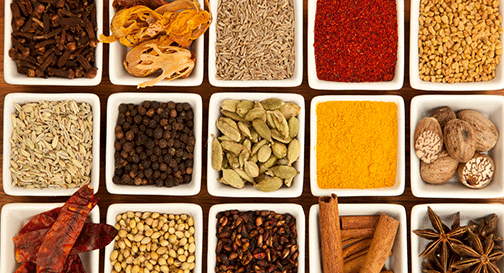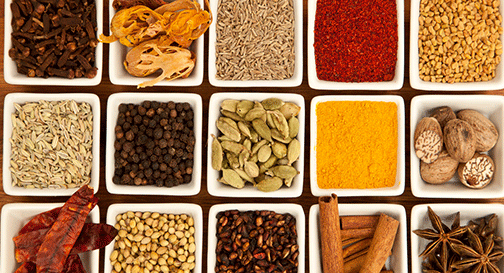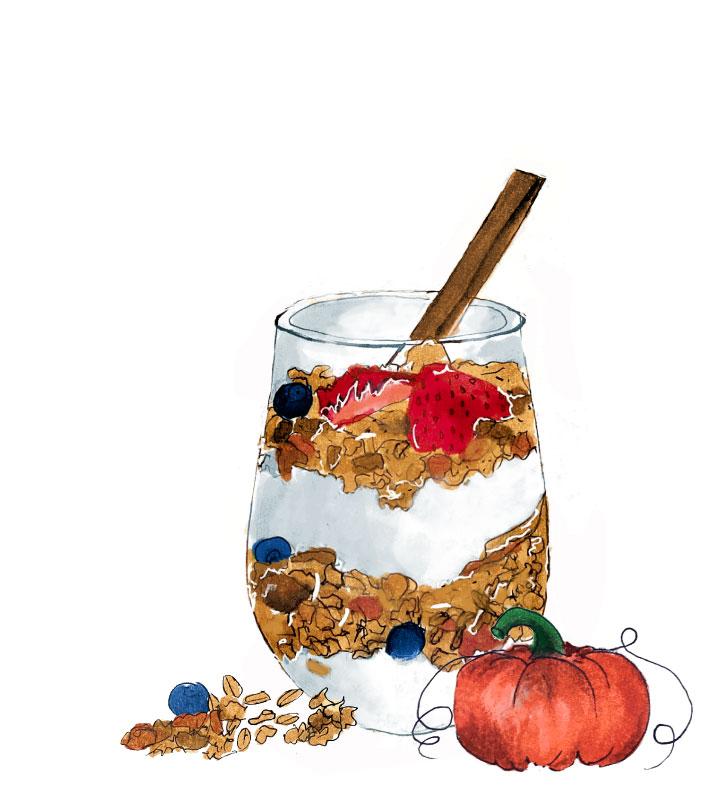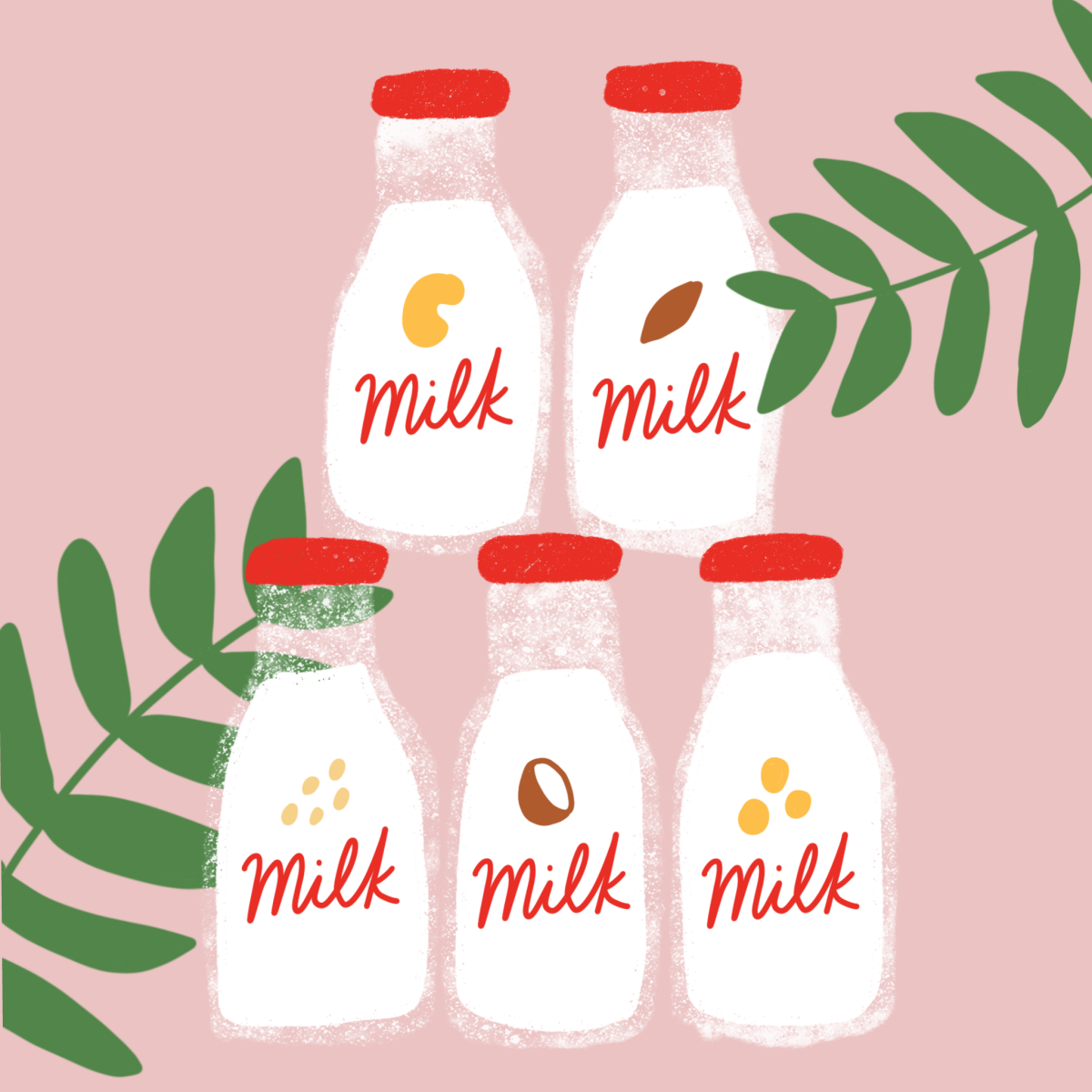Photo courtesy of the North East Today.
It’s a given that having a healthy diet composed of a variety of fruits and vegetables will provide the supplements your body needs, but a fact that is often overlooked is that the spices we cook with are rich in antioxidants.
By Nafisa Gazi
The potency of a food or spice’s antioxidant content is measured by an Oxygen Radiance Absorbance Capacity scale. The highest ORAC value on average is around 300,000. Any food or spice with an ORAC value above 100,000 is worth consuming, as it means that one unit of the item holds more potency than say, a drop of grape concord grape juice with an average ORAC of 2,377. While the results of ORAC testing vary, in general the following spices have always come out on top.
Cloves—ORAC Value: 313,446
These are what give that distinct smell of sweetness to spiced bakery goods like pumpkin bread. Cloves are often found in chai tea. You can incorporate cloves into tea yourself by boiling whole cloves in the bottom of your kettle or adding it in a ground-up form. By tossing in two-to-three whole cloves, one tablespoon of butter and one tablespoon of olive oil per every two cups of rice, you can make basmati rice, which is great for eating with side dishes. Before serving the rice, take out the cloves or leave them on the side of your plate. The benefits of the cloves will have already been boiled into your rice, so there’s no need to eat them, as they are a little bitter.
Sumac—ORAC Value: 312,400
This spice is popular in Middle Eastern cuisine for its salty-sour taste. Sumac was used before the Romans introduced lemons to the region. It can be used in a variety of ways; try it on dry-rubs for fish or meats, as a garnish on salads and hummus, or with bread-dipping oil to serve as an appetizer. To make the oil, combine eight tablespoons of olive oil with one tablespoon of a bottle of seasoning that contains rosemary and thyme, then sprinkle half a teaspoon each of za’taar seasoning or sumac- both of which can be found in places like Wholefoods. Serve it in a small bowl beside a pile of pita or bread of your choice.
Ceylon Cinnamon—ORAC Value: 267,536
Cinnamon can be incorporated into popular baked goods like cinnamon rolls, but can also be left as a stick, or a bark of the cinnamon tree, in your chai tea as it’s left to brew in your cup. Other ways you can use this spice include sprinkling it over some kettle corn, your oatmeal, or your smoothie, just use at least a quarter of teaspoon per serving size.
Turmeric—ORAC Value: 127,068
Bright yellow and widely used throughout Southern Asia, turmeric can adds vivid color to liven up your dishes. If you ever wanted to make the yellow rice you’ve seen in Indian restaurants, use the basmati rice recipe with cloves and add half a teaspoon of turmeric and ¼ of a yellow onion to the pot while the rice boils. A little bit goes a long way, so a bottle of turmeric lasts for up to a few years.
As college students it’s hard to keep up with eating right, and for some there’s the added stress of allotting money for groceries. However, adding some spice to your cooking gives you a budget-friendly way to stay healthy without much thought. It’s also good to know that combining any of these spices together creates a synergistic effect, thus upping the potency of antioxidants.












































